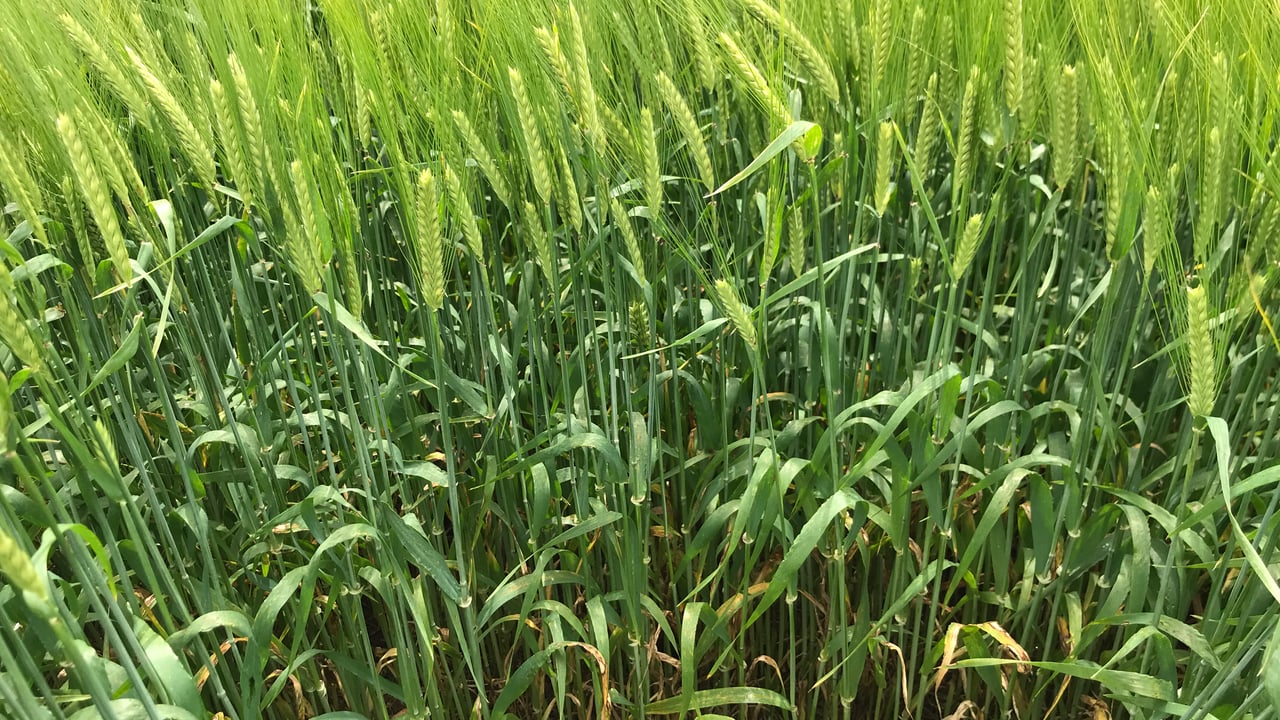Target GS 49 for final fungicide application in all barley crops
Teagasc research has confirmed that both winter and spring barley crops will generate the best response to a final fungicide spray mix at the ‘paint brush’ stage (GS 49).
Waiting until the ear has fully emerged is too late.
Teagasc tillage specialist Ciaran Collins explained:
“The purpose of the final fungicide application is to keep the growing plant as green as possible, for as long as possible, during the wear filling stage.
"Delaying the final application of a fungicide mix until the head has fully emerged, can reduce the final yield by up to 0.4t/ha."
Meanwhile, many spring barley crops are reaching the stage at which a herbicide should be applied.
According to Teagasc, crops have struggled over the last few weeks with stress from cold weather, and this has in turn induced many trace element deficiencies particularly magnesium and manganese.
These can be included with the herbicide application which is now due on most crops. When applying herbicides apply a mixture of an Sulfonylurea (SU) type e.g. Ally Max with a mixer type product e.g. Galaxy or Hurler.
These should be selected on the basis of the weed spectrum of each field, rather than blanket applications which can result in less than optimum control of certain weeds.
Growers should be aware of resistant weeds in their area e.g. chickweed or corn marigold.
Appropriate products such as Galaxy or Hurler should be selected to deal with these weeds and use at appropriate rates.
Last week saw Teagasc confirming that blackgrass infestations had been noticed in wild flower borders sown out at Oak Park.
Head of Crops Knowledge Transfer, Michael Hennessy, has indicated that blackgrass numbers are averaging one plant for every 4sqm in the affected areas.
“Blackgrass is a hugely invasive species. The plants at Oak Park are now in full flower but have not yet set seed," he said.
“The potential for blackgrass to produce seed is immense.
“For this reason the decision has been taken to burn off the field margins that were planted out with the wild flower mixes immediately," he added.
“Blackgrass is a huge problem. At Oak Park the decision has been taken to sort the issue out at source," he concluded.





